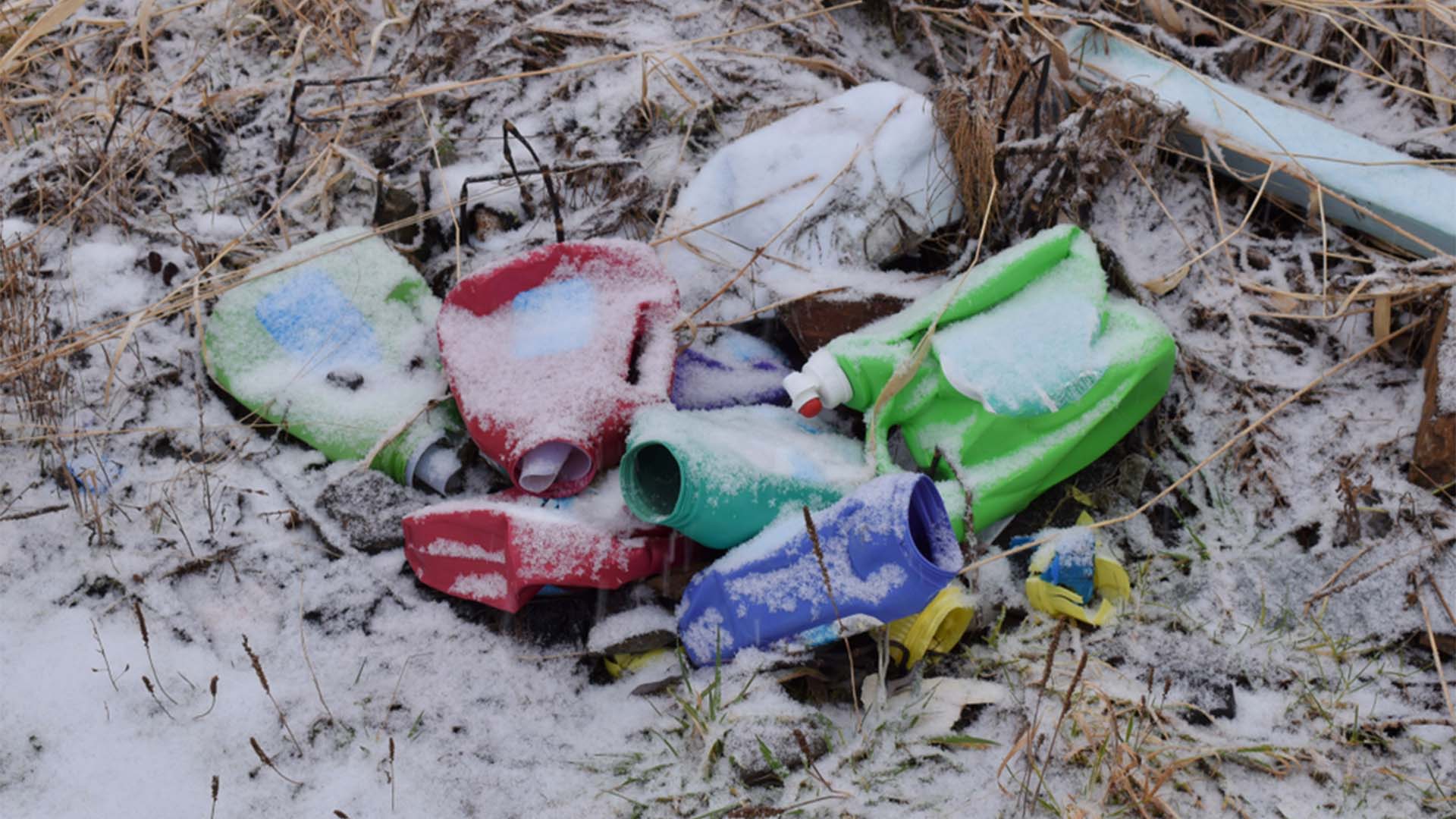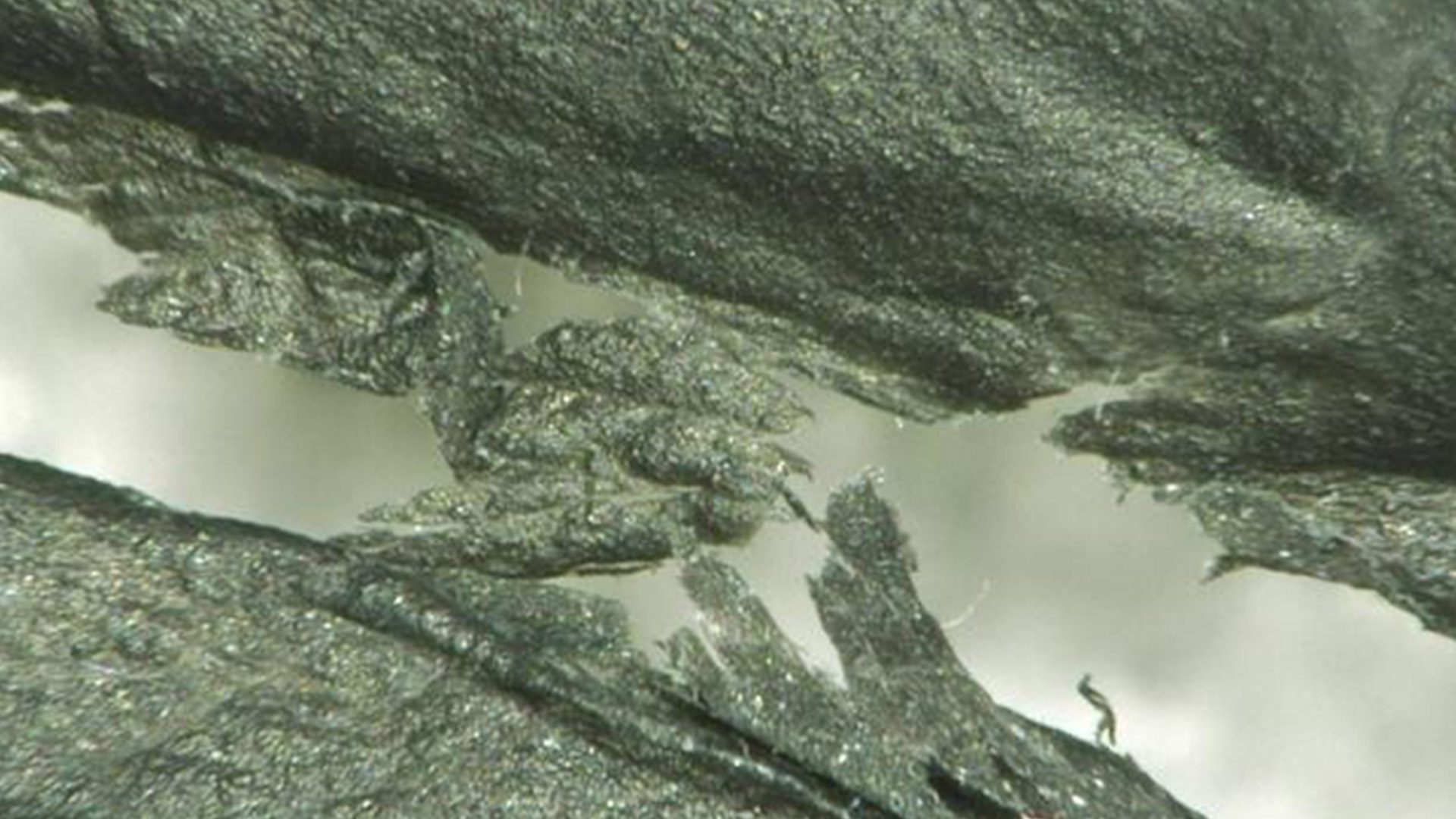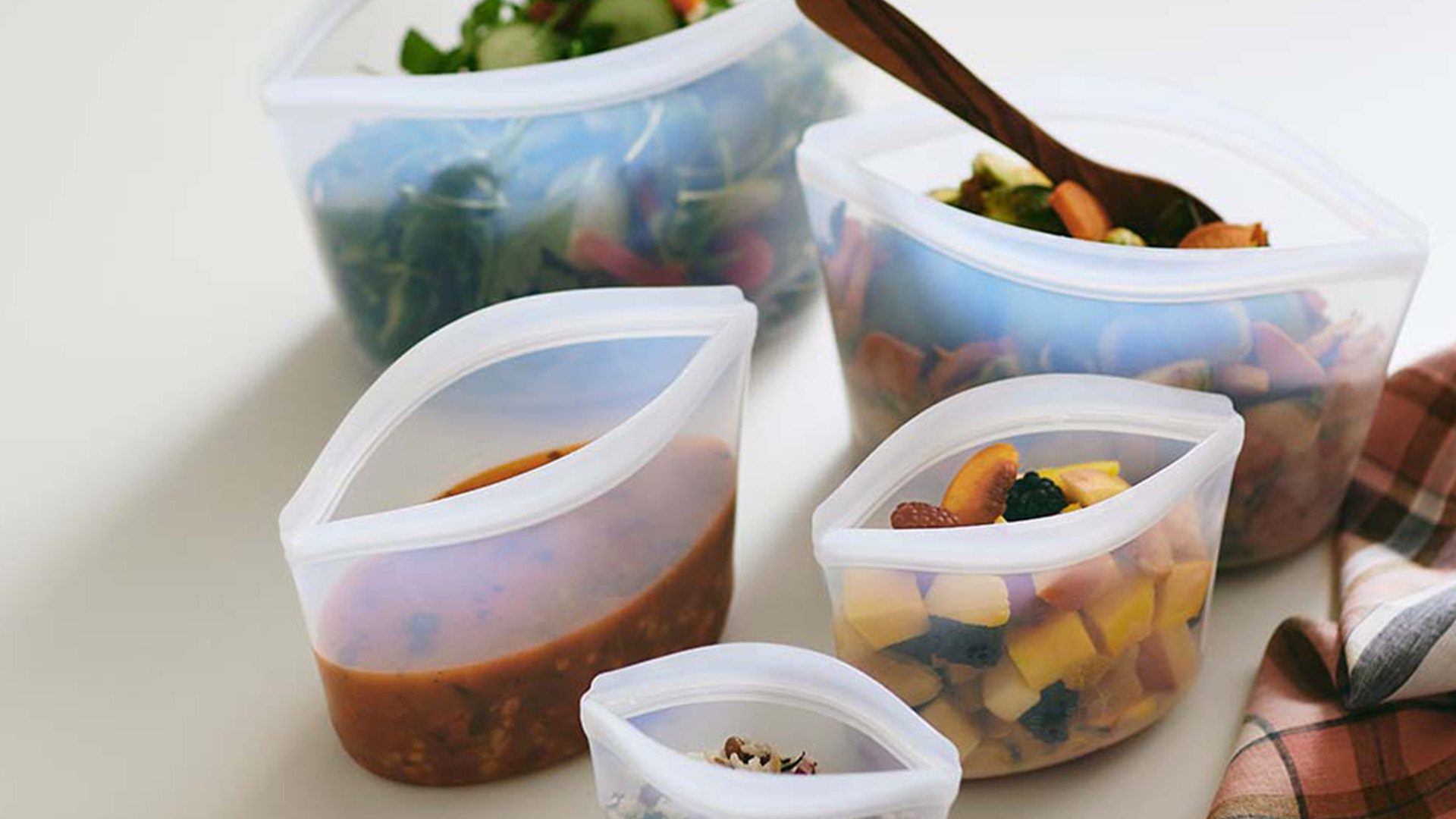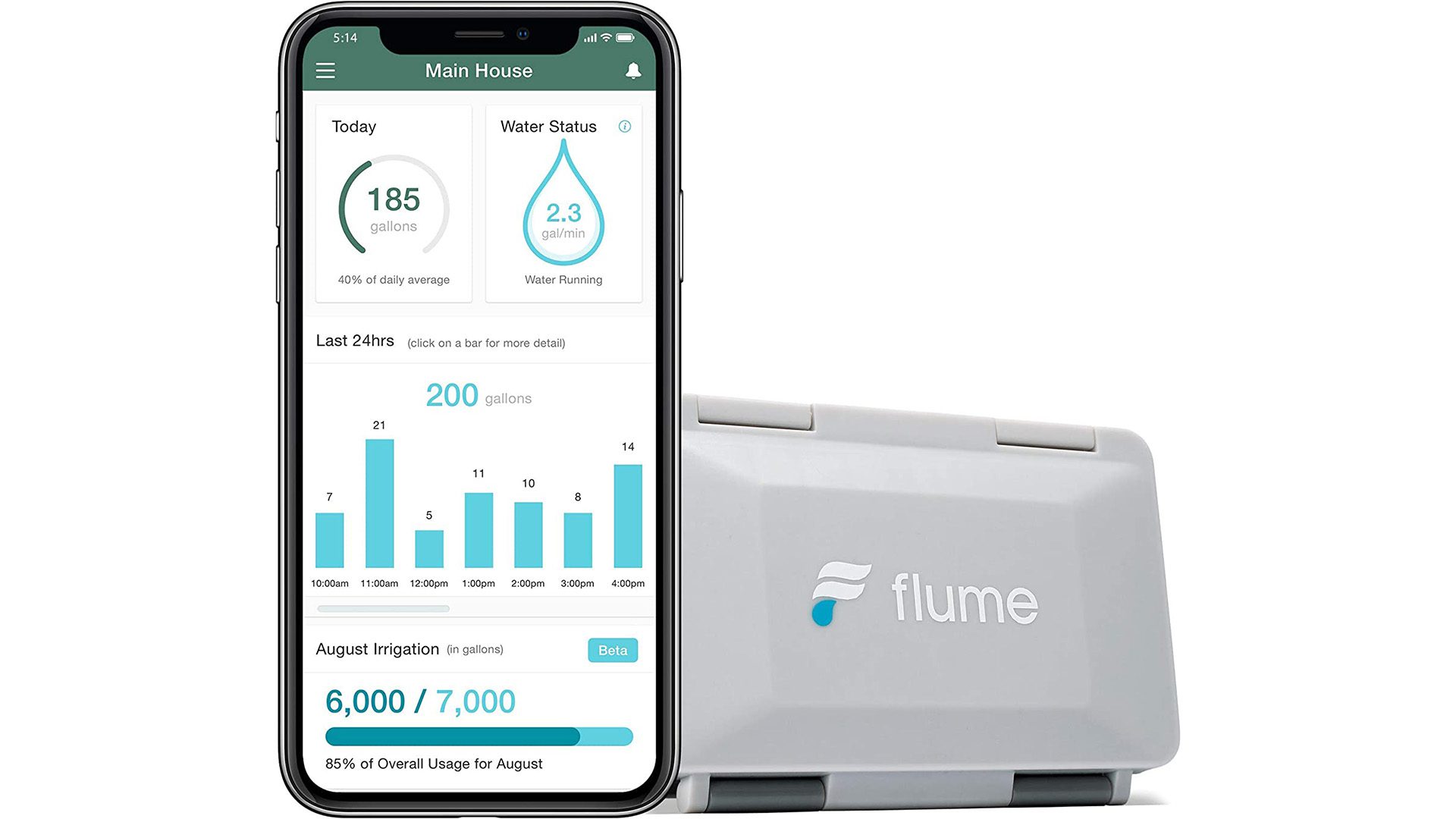With the world’s plastic problem continuing to impact the environment, scientists and researchers are constantly looking for new and creative solutions. One solution that appears to be more viable in recent years is the use of microscopic organisms such as bacteria and fungi, some of which have the ability to break down plastic particles. A recent study published in the journal Frontiers in Microbiology could serve as the next step toward a future with less plastic waste.

Since the production of plastics increased during and after World War II, humans have created more than 9.1 billion tons of plastics. Researchers have estimated that, of that sum, less than one-tenth of the resulting waste has been recycled.
Due to the size and impact of this problem, researchers are looking for solutions that go beyond recycling. Deep in the Swiss Alps and the Arctic, scientists recently discovered microbes that can digest plastic. What makes this research potentially more promising than previous findings is that these microbes are able to digest plastic without the need for applying access heat.
Typically, plastic-digesting microbes that scientists have been researching are only capable of breaking down plastic at warm temperatures above 85 degrees Fahrenheit. This means that, if the process were increased to an industrial scale, the amount of energy needed to generate all of that heat would be extremely costly and create a large carbon footprint.
The enzymes found in the microorganisms in the Arctic and Swiss Alps, however, are capable of functioning at cooler temperatures. Researchers found that these microorganisms were capable of breaking down biodegradable plastics at 59 degrees Fahrenheit. This makes the possibility of implementing this process on an industrial scale seem much more efficient and realistic.
The new study samples 19 strains of bacteria and 15 types of fungi in Greenland, Switzerland, and the Svalbard archipelago in Norway. The microbes were discovered growing on pieces of free-lying plastic or ones intentionally buried in the ground for one year.

Among the 34 total microbes examined for the study, 19 were able to successfully consume a form of plastic called polyester-polyurethane. Additionally, 17 of the microbes were capable of breaking down two types of biodegradable plastic mixtures. Thus far, none have been able to digest polyethylene, the most commonly used plastic which is used to make food containers and plastic bags.
“These organisms could help to reduce the costs and environmental burden of an enzymatic recycling process for plastic,” co-author Joel Rüthi, currently a guest scientist at the Swiss Federal Institute for Forest, Snow and Landscape Research (WSL), says in a statement.
Through additional research, the authors of the study hope to identify the optimal temperature that these enzymes need to consume plastics. Additionally, they hope to identify the specific mechanisms these microorganisms use to break down the materials.
“The next big challenge will be to identify the plastic-degrading enzymes produced by the microbial strains and to optimize the process to obtain large amounts of proteins,” co-author Beat Frey, a senior scientist and group leader at WSL, says in the statement.





